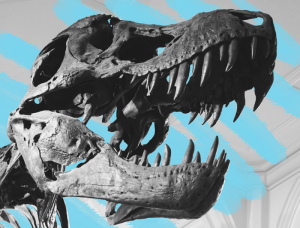Pangaea wasn’t the only supercontinent.
Despite breaking apart into the seven continents we know and love around 200 million years ago, Pangaea remains fairly well known long after its heyday. Less well known is the fact that it wasn’t the only supercontinent in Earth’s history. Pangaea was preceded by at least one other: Rodinia, which formed about 1.3 billion years ago and separated 750 million years ago. There was also the relatively short-lived Pannotia, which was here for about 50 million years beginning 600 million years ago, though there’s debate as to whether its landmasses ever fully formed into a single continent.
A number of other supercontinents may also have existed, including Gondwana (likely the best known), as well as Atlantica and Vaalbara, which remain disputed due to a lack of evidence. Some consider these megacontinents instead, which are smaller — the conventional definition of a supercontinent is a landmass consisting of at least 75% of the planet’s continental crust. Pangaea formed between 320 million and 195 million years ago due to plate tectonics — an incredibly slow process that shifts the Earth’s surface over the course of hundreds of millions of years — and broke apart for the same reason. This is also why North America, South America, Europe, Asia, Africa, Australia, and Antarctica won’t be here forever, with several continents likely to merge, but we probably won’t have to update our maps anytime soon.










